SCHENGEN
Today, as part of my travel blog, I wrote about Schengen, a small town in the southeastern part of Luxembourg, that has gained worldwide fame and is nowadays called the most famous village in the world.
Do you perhaps know what made it famous and what is it known for?
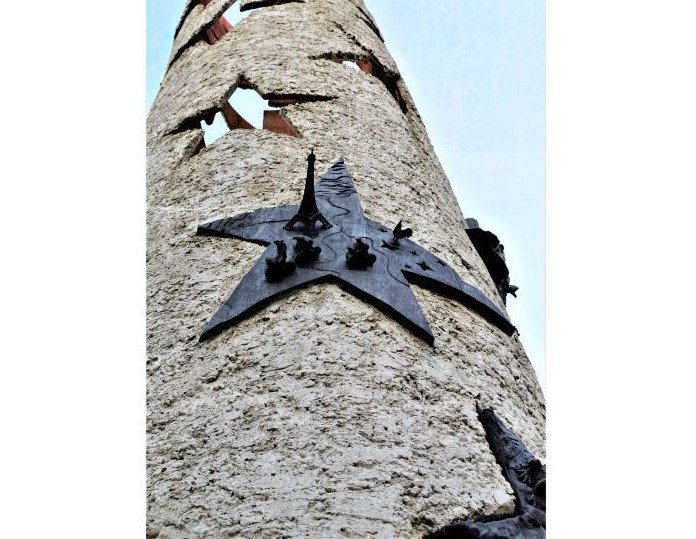
If the answer is no, don't worry because you are in the right place, and if you already know everything about Schengen, you can share your knowledge and experiences in your comments. Enjoy!
The whole story is linked to the geographical location of this small town that lies on the banks of the Moselle river along the border of the eponymous commune on the tripoint where the countries of Luxembourg, Germany and France meet.
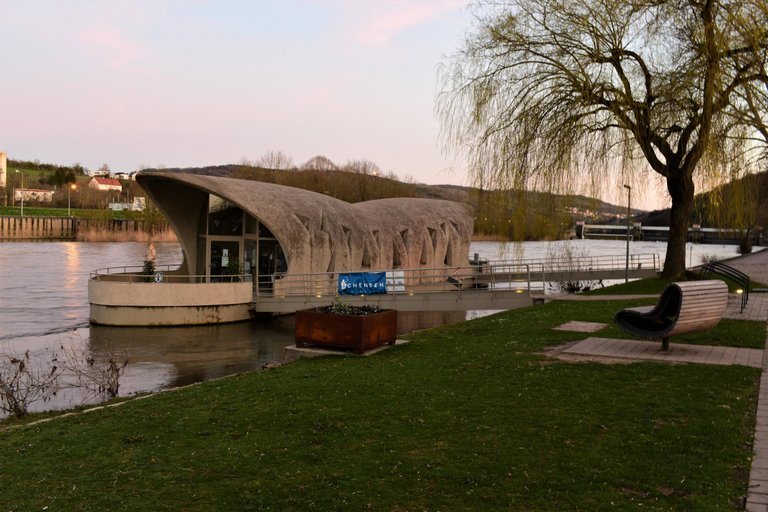
That is exactly why there were huge crowds at the borders and complaints of the commuters working in neighbouring states, who had to carry passports and waste a lot of time waiting in line at border crossings.
This was one of the reasons that led to the signing of the agreement on June 14th 1985 between five European countries, France, Germany and the Benelux Union, consisting of the Netherlands, Belgium and Luxembourg.
According to the agreement, gradual abolition of checks at the common borders was established, which for the citizens meant that they could freely move from one state to another without stopping at the border, just as if it were one state.
The agreement was signed on the ship "Princesse Marie Astrid" near the point of division between Luxembourg, Germany and France - Schengen.

In 1990, the agreement was supplemented by the Convention Implementing the Schengen Agreement, which established the final abolition of internal border controls and a series of accompanying measures.
For example, enhanced external border control for all those entering or leaving the Schengen area was established, as well as common procedures for issuing visas.
In 1995 the Convention was put into effect.
Mark and I were on vacation in the city of Luxembourg, which was an ideal opportunity to visit that little town I had learned about in college and which was also part of my graduate thesis.
We parked along the Moselle River and walked along the beautifully landscaped promenade where we came across a monument and several art installations whose symbolism resembled the famous signing date and the co-operation of the signatory countries.
It was the monument ''Schengen Agreement'', consisting of three pillars with large European stars. At first I watched it from a distance, but when I got closer and looked at the stars more closely, I was surprised.
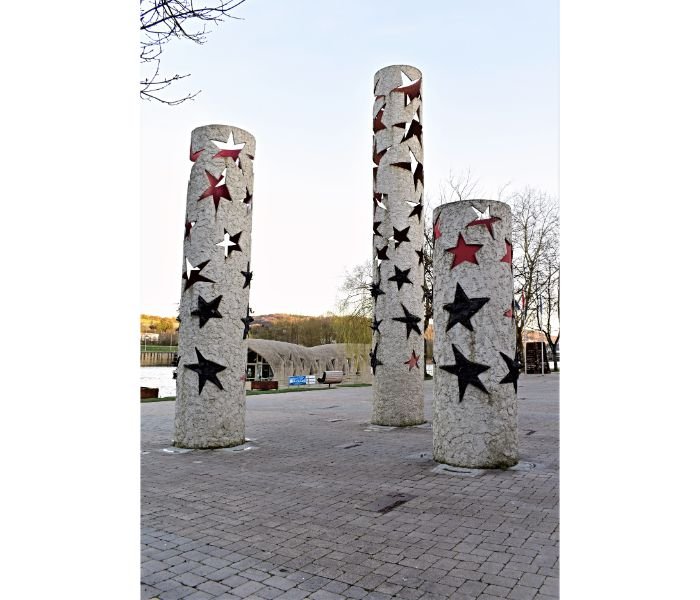
While some of them were solid, others were filled with metal castings showing the symbols of the signatory states. Mark and I were trying to guess which star symbols corresponded to which country.
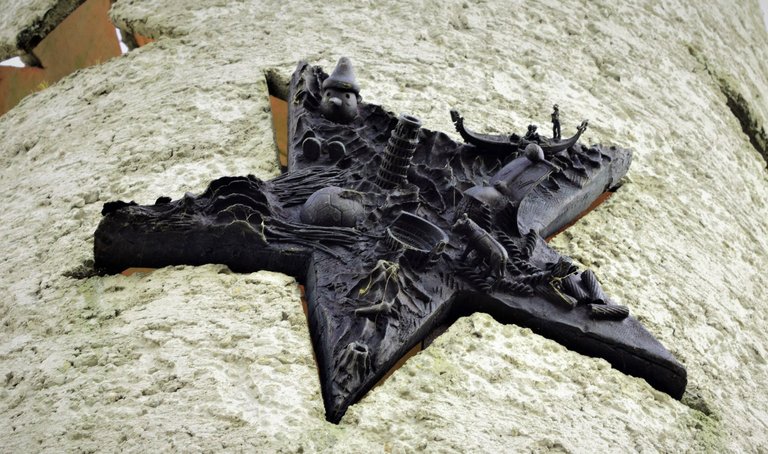
This one represented Italy. On it we recognized the Colosseum in Rome, the Leaning Tower in Pisa, a gondola from Venice.
Do you see on that star the symbol of the famous Italian brand - the Vespucci scooter designed by Piaggio?
Nearby was another monument, A lock for Schengen. Although the symbolism of the lock irresistibly resembles those love couples embracing as a sign of infinite love, the creators of this art installation in Schengen had something else in mind; to lock oneself to the Schengen spirit of open borders.
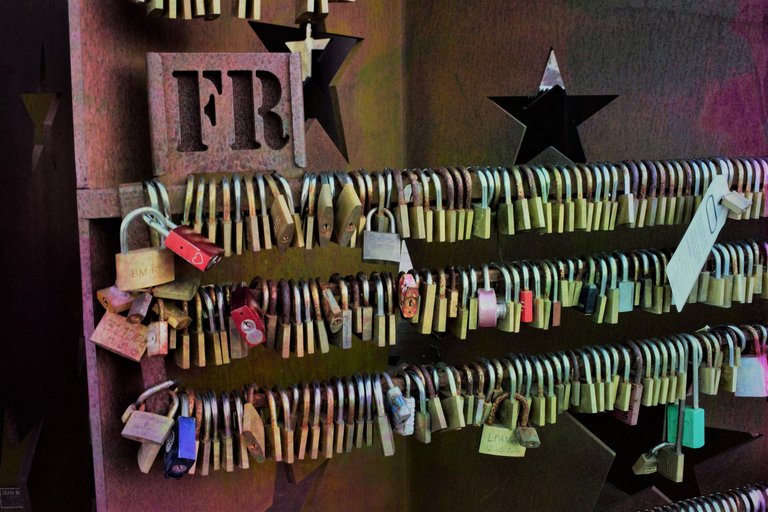
On the floor between these two monuments, Mark and I saw plates with the inscriptions of the Schengen signatory countries.
Although we did not count them, there should be 26 of them admitted to date.
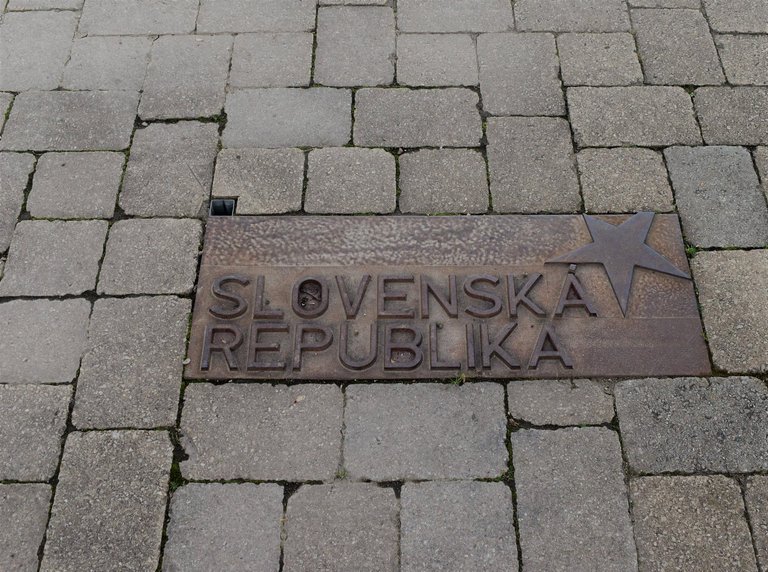
What caught our attention was the boat on the Moselle River, which was tied to the shore on two sides by a mobile bridge. There was a small souvenir shop that was closed at the time.
You could see the European Museum from the boat.
A friend who visited it told me that the stages that led to the gradual abolition of the borders were shown there. You can see copies of various documents, collections of passports from different countries, as well as caps that were used by border police officers.
It was closed so we decided to visit it some other time.
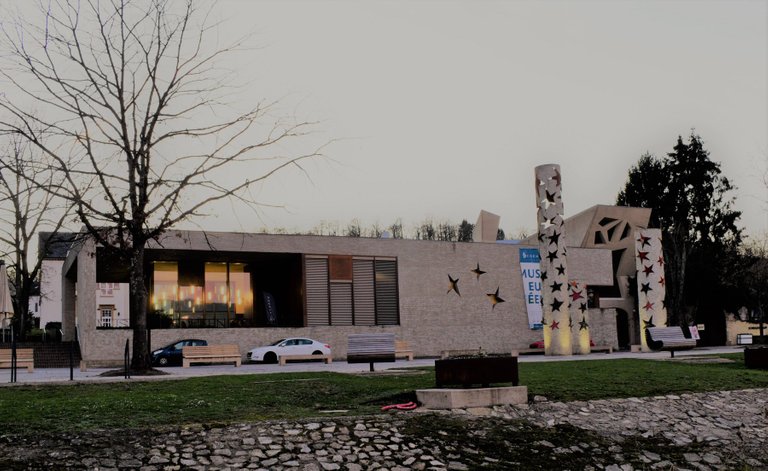
(European Museum Schengen)
There is another sight opposite the museum, the Schengen castle surrounded by beautifully landscaped gardens that Mark and I walked through.
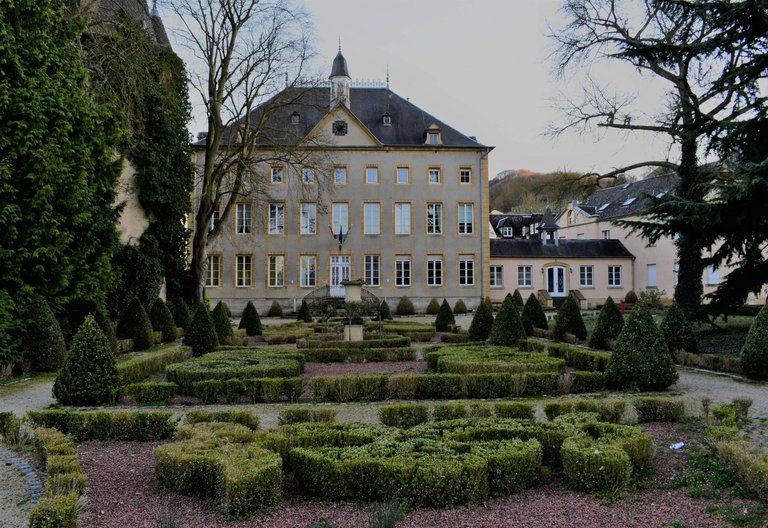
What sparked our interest was the tower, almost completely covered with ivy and a perfect scene which we captured with our cameras.
I read that the castle dates back to the 14th century, and that through history it often changed its owners.
When Collart family bought it in the 19th century, they built a new castle at the site of the old one.
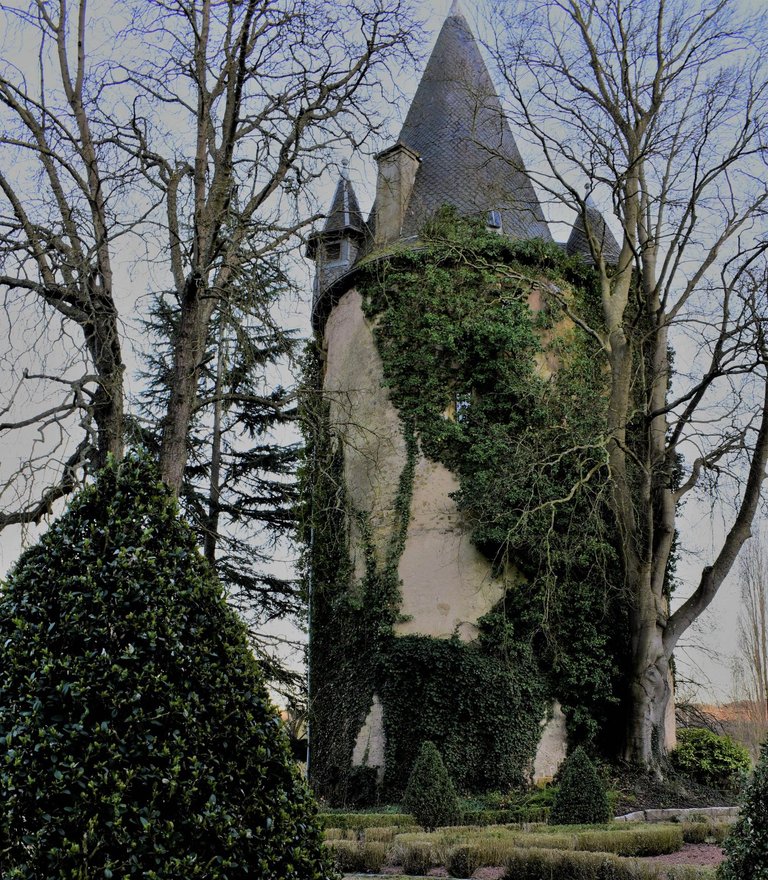
The tower belonging to the old castle is still today a recognizable landmark. After many years of renovation, it has been transformed into a hotel.
After our tour of the castle hotel, Mark and I returned to the stars and saw this one.

Do you recognize which country it symbolizes?
Authored by @lufcija
Click on the coin to join our Discord Chat
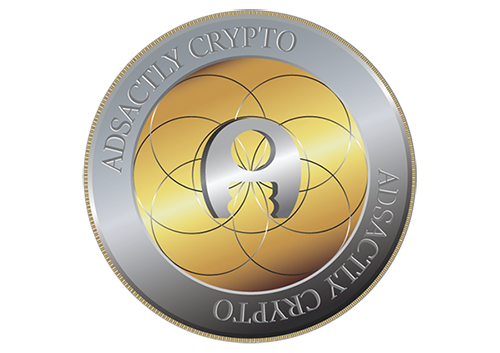
Witness proposal is here:
Go To Steem Witness Page
In the bottom of the page type: adsactly-witness and press vote.

Use small letters and no "@" sign. Or, click here to vote directly!
Thank you!
I had heard about this agreement, but with your post I am clearer about some things and especially, I have an idea of what the place is like. Your tour has been very illustrative and clear. I love photographs. The castle looks very beautiful and the allegorical monument is very creative. Thank you for this informative and entertaining post, @lufcija
@lufcija, In a way this place is reflecting as World Of Stars and most importantly the beautiful and artistic effect are those creations which are created on these Symbols Of Stars.
I really want to appreciate for this effort and thank you so much for letting us know about this place. Stay blessed.
Posted using Partiko Android
Important that you have stopped in your traveler's story in this place and have dedicated yourself to inform us about its historical relevance, @lufcija. I'm not European, but I did have a general knowledge of that agreement, but not of the place, much less of its details.
The monument/sculpture alluding to this important agreement is very striking and symbolic. Although it took me a while to see clearly the last photograph, about which you ask us, I dare say that the star alludes to Greece: by the icon of the Olympics (originally Greek), the Discóbolo (Greek sculpture), as I can detail.
What a beautiful castle! The buildings covered with ivy captivate me (in my region there is such a small church).
Thanks for your post, @lufcija. Greetings.
Hola José, yes the star represents Greece.
I also recognized the Ionic column, but I wasn t sure about the two greek philsophers, so I googled it and found out that Socrates is one sitting on the chair and the other one is Plato s head.
Thank you José for reading my blogs and writting such detailed comments.
Those details my eyes couldn't see. Thanks to you.
This is good and fresh work mate.. Resteem for you!!!!
Hi, @adsactly!
You just got a 0.29% upvote from SteemPlus!
To get higher upvotes, earn more SteemPlus Points (SPP). On your Steemit wallet, check your SPP balance and click on "How to earn SPP?" to find out all the ways to earn.
If you're not using SteemPlus yet, please check our last posts in here to see the many ways in which SteemPlus can improve your Steem experience on Steemit and Busy.